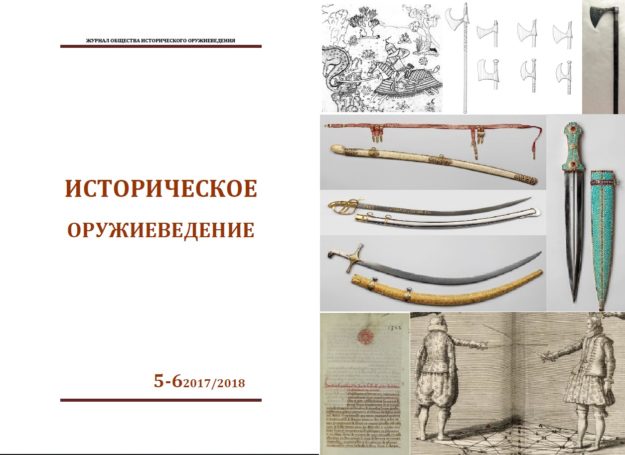Malozyomova E. I.
Information about the author Dr. Elena I. Malozyomova – Researcher of the “Arsenal” Department, Curator of oriental harness collection, The State Hermitage Museum. Assistant professor, Faculty of liberal arts and sciences, Department of Inter-disciplinary Studies in the field of Languages and Literature St. Petersburg State University (St. Petersburg, Russia) All of author’s articles Studying of Persian and Indian Miniature as Primary Source for Weapon History Research (methodological aspects) Edged Weapons and Ritualized Theatrical Performances in Iran Exhibition Overview: «“Clutching the hilt of the sword …”. Military culture and the weapons traditions of the Middle East» in the Omsk Regional Art Museum named after M. A. Vrubel (November 8, 2019 – May 24, 2020) European Elements in the Military Culture and Weapon Use in Iran

